All Stories
-
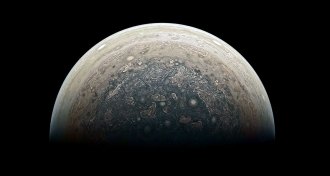 Astronomy
AstronomyCitizen scientists are providing stunning new views of Jupiter
A camera aboard NASA’s Juno spacecraft is giving citizen scientists a crack at discovering never-before-seen features of Jupiter.
-
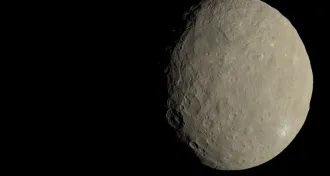 Planetary Science
Planetary ScienceCeres harbors homegrown organic compounds
NASA’s Dawn spacecraft has detected organic matter — the building blocks of life — on the dwarf planet Ceres, a new study suggests.
-
 Ecosystems
EcosystemsSeagrasses boost ecosystem health by fighting bad bacteria
Seagrasses might reduce bacteria levels in ocean water.
-
 Computing
ComputingSpeech recognition has come a long way in 50 years
Early versions of computer speech recognition relied on word sounds. Now, they add pattern recognition and a lot of statistics.
-
 Health & Medicine
Health & MedicineFor Ebola patients, a few signs mean treatment’s needed — stat
A few criteria may help identify Ebola patients who need the most care.
-
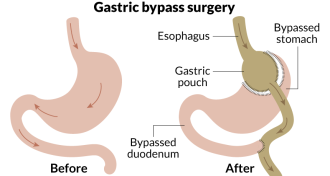 Health & Medicine
Health & MedicineGastric bypass controls diabetes long term better than other methods
Bariatric surgery outperforms other weight-loss measures in the longest-term study yet of diabetes outcomes.
By Laura Beil -
 Health & Medicine
Health & MedicineBirth may not be a major microbe delivery event for babies
A study of mother-baby duos suggests that birth itself may not be the main event for getting microbes in and on babies.
-
 Physics
PhysicsSound waves could take a tsunami down a few notches
A tsunami’s ferocious force could be taken down a few notches with a pair of counter waves.
-
 Health & Medicine
Health & MedicineSee how long Zika lasts in semen and other bodily fluids
For most men infected with Zika, traces of the virus disappear from semen 81 days after symptoms begin. In other bodily fluids, Zika RNA is typically cleared even faster.
By Meghan Rosen -
 Genetics
GeneticsHuman gene editing therapies are OK in certain cases, panel advises
A panel of experts says clinical gene editing to correct and prevent human disease should move forward, but enhancements should not be allowed.
-
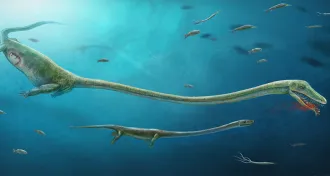 Paleontology
PaleontologyFossil shows that ancient reptile gave live birth
A new fossil shows that a prehistoric reptile may have given birth to live young, unlike its egg-laying descendants, birds and crocodiles.
-
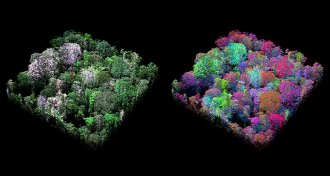 Ecosystems
EcosystemsMapping rainforest chemistry from the air reveals 36 types of forest
Aircraft analysis of tree chemicals reveals new biodiversity in the Peruvian rainforest.